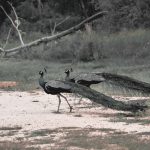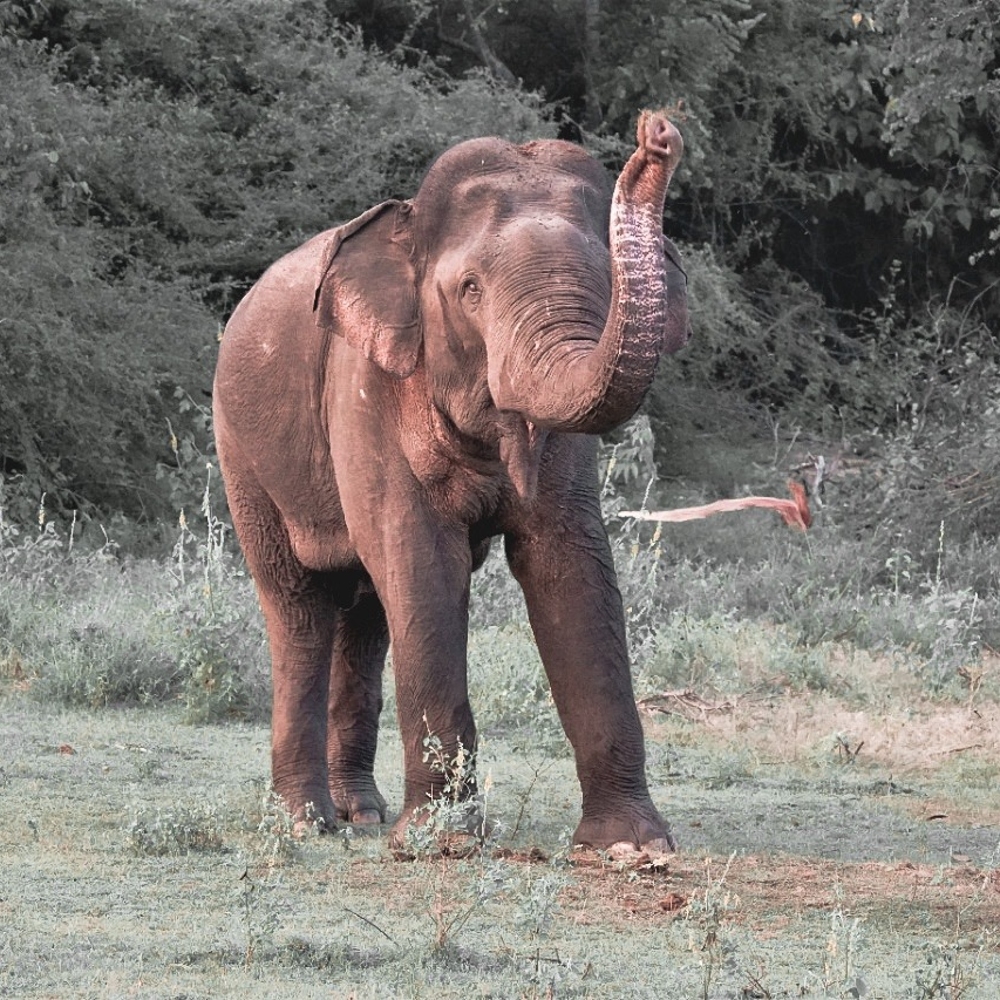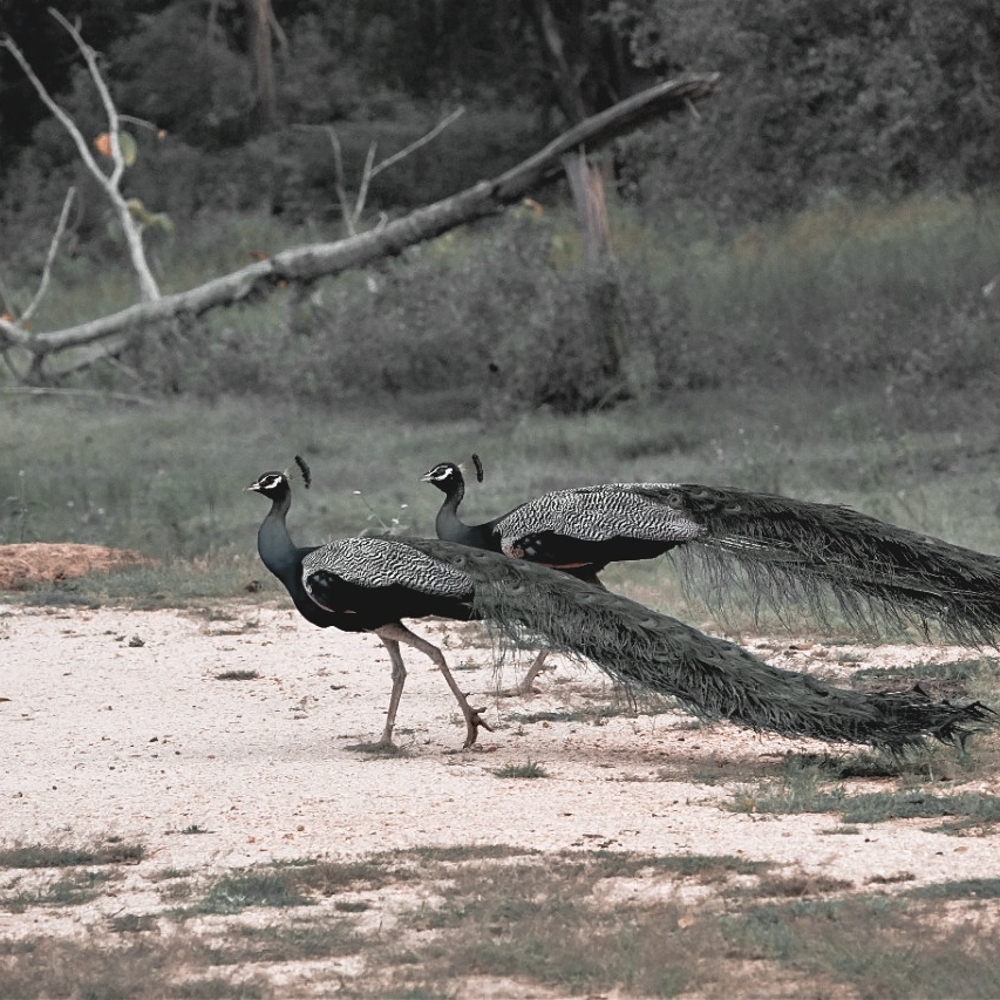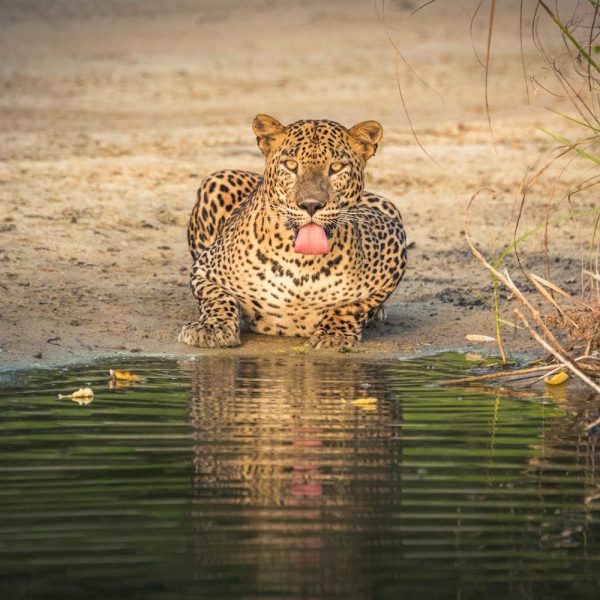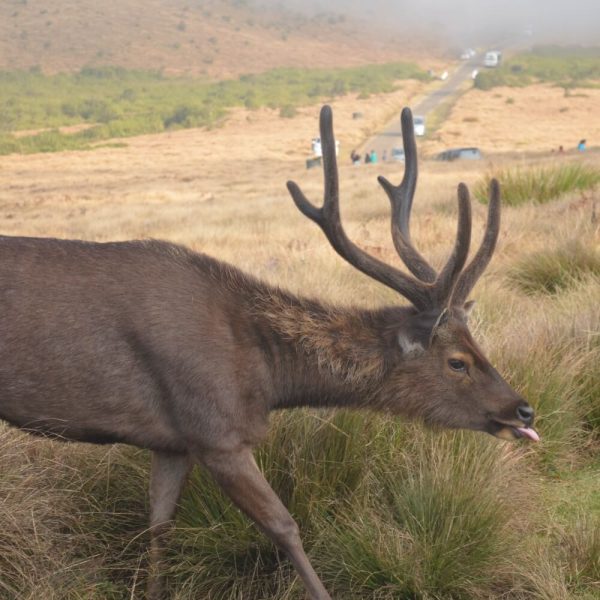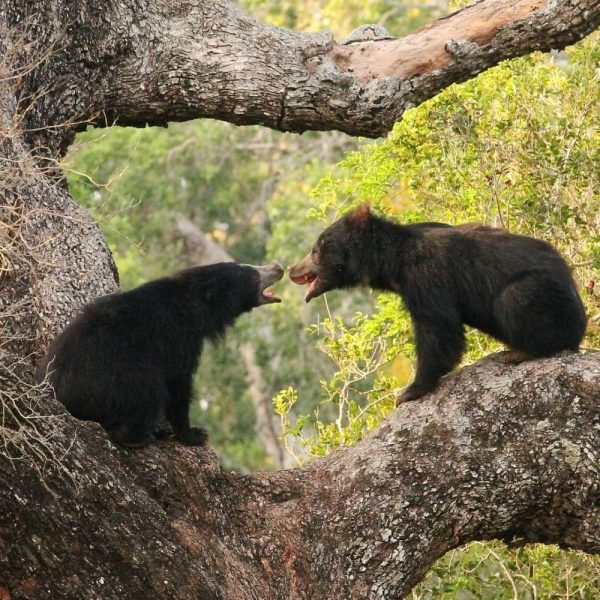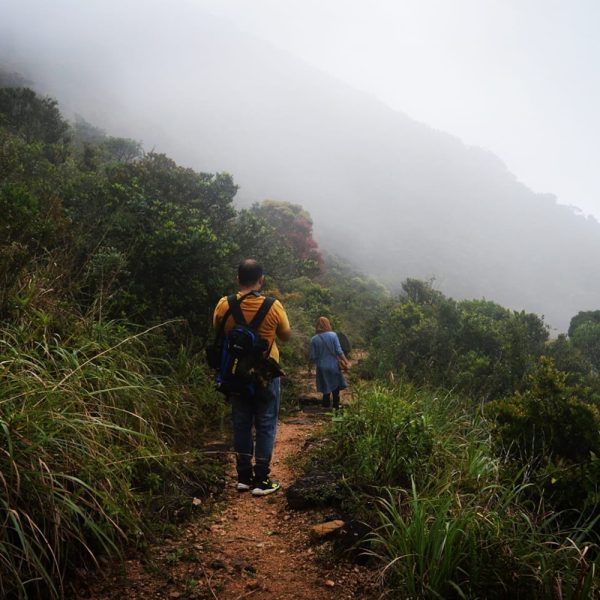Description
Lunugamvehera National Park is a protected area located in the southeastern part of Sri Lanka. Here’s some information about the park:
- Location: Lunugamvehera National Park is situated in the Monaragala District and spans parts of the Hambantota and Matara Districts as well. It is located adjacent to Yala National Park and Udawalawe National Park.
- Size: The park covers an area of approximately 23,498 hectares (57,990 acres), making it one of the smaller national parks in Sri Lanka.
- Ecological Importance: Lunugamvehera National Park is known for its diverse ecosystems, including dry zone forests, grasslands, and wetlands. It serves as an important habitat for a variety of wildlife species, including elephants, leopards, sloth bears, sambar deer, spotted deer, and a wide range of bird species.
- Lunugamvehera Reservoir: The park is named after the Lunugamvehera Reservoir, a large man-made reservoir located within its boundaries. The reservoir provides water for wildlife during the dry season and supports a rich biodiversity within the park.
- Safari Experience: Visitors to Lunugamvehera National Park can enjoy jeep safaris to explore the park and observe its wildlife. The park offers opportunities for wildlife sightings, particularly elephants, which are known to frequent the area around the reservoir.
- Birdwatching: The park is also a haven for birdwatchers, with over 180 bird species recorded within its boundaries. Waterbirds, raptors, and dry zone species are among the birdlife that can be spotted in the park.
- Accessibility: Lunugamvehera National Park is accessible from various nearby towns, including Tissamaharama, Hambantota, and Udawalawe. Visitors can arrange safari tours through authorized tour operators or accommodations in the area.
- Conservation: Like other national parks in Sri Lanka, Lunugamvehera is managed by the Department of Wildlife Conservation, and conservation efforts are in place to protect its biodiversity and habitats.















